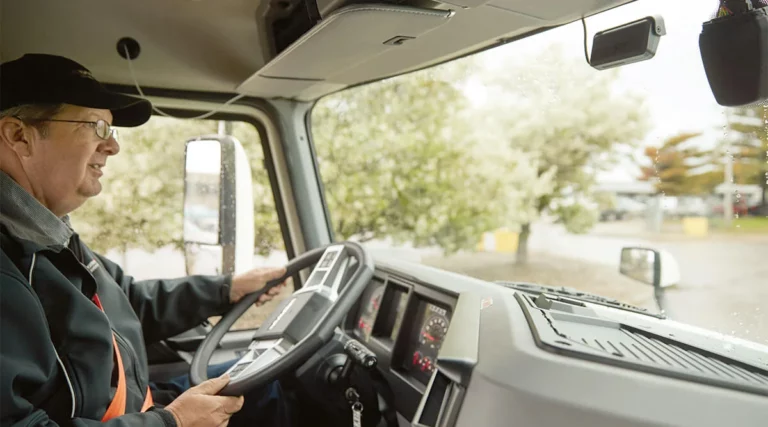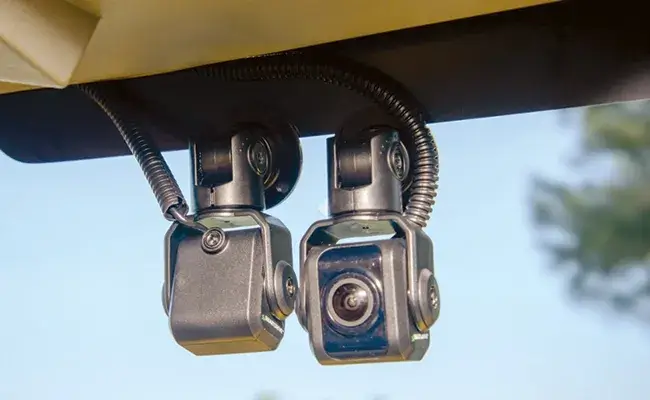The transportation industry is witnessing a significant shift with the integration of smart camera technology in heavy-duty trucks. This advancement is not just about enhancing safety; it’s about transforming operational efficiency and driver behavior. Let’s delve into how fleets are leveraging this technology to reduce liability and gain valuable insights.
Traditionally, the primary use of cameras in trucking was for after-incident analysis, particularly in litigations. Now, forward- and inward-facing cameras are commonplace, and the latest smart camera technology is pushing the boundaries further. These advancements help capture more angles and provide critical insights, contributing to both safety and operational improvements.

According to Rajesh Rudraradhya, CTO at Lytx, a video telematics provider, industries are finding innovative ways to use video beyond just safety applications. Jean-Sébastien Bouchard, EVP at Isaac Instruments, echoes this sentiment, noting that cameras now play a vital role in enhancing a fleet’s safety culture proactively.
The integration of AI and computer vision in camera systems has been a game-changer. It provides context to in-cab and road happenings, enabling real-time risk identification and driver alerts. Abhishek Gupta, VP at Motive, points out that this technology significantly improves driver behavior over time.
With AI-enabled cameras, fleets can shift from a reactive to a proactive safety approach. These systems can detect potential risks like speeding, distracted driving, or close following, and provide in-cab alerts to drivers. This shift towards proactive safety management is crucial in reducing accidents and enhancing overall road safety.
AI technology in camera systems can assess safety risks based on situational context. For example, differentiating between a driver operating across the country and one driving locally. This nuanced understanding helps in providing more tailored and effective safety measures.
The use of AI in camera systems is not just limited to safety. It also extends to operational improvements like fuel efficiency. By providing real-time feedback to drivers on practices like optimal pedal usage and coasting, fleets can achieve significant savings.

Modern camera systems are expanding their scope beyond just front-facing views. Side cameras and other additional views help monitor a broader range of activities around the truck, contributing to a comprehensive safety and operational strategy.
Adopting camera technology can lead to tangible benefits like insurance premium discounts. Some insurance carriers even require camera systems for coverage due to their effectiveness in reducing claims and losses.
The integration of camera technology in fleet management is not just a trend; it’s a transformative force. By combining AI with video telematics, fleets are not only enhancing safety and compliance but also driving significant operational efficiencies. As this technology continues to evolve, its role in shaping the future of the transportation industry becomes increasingly pivotal.